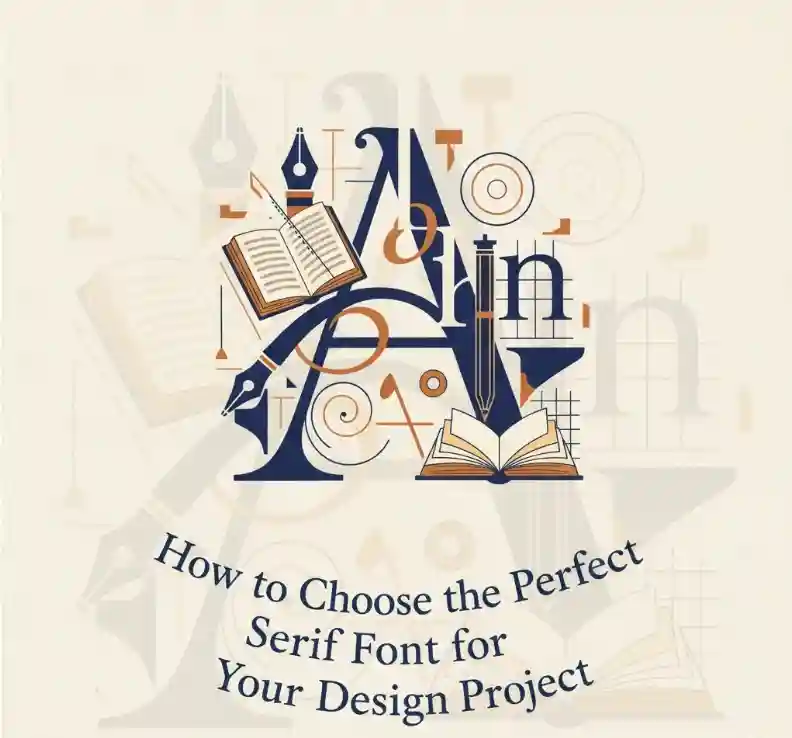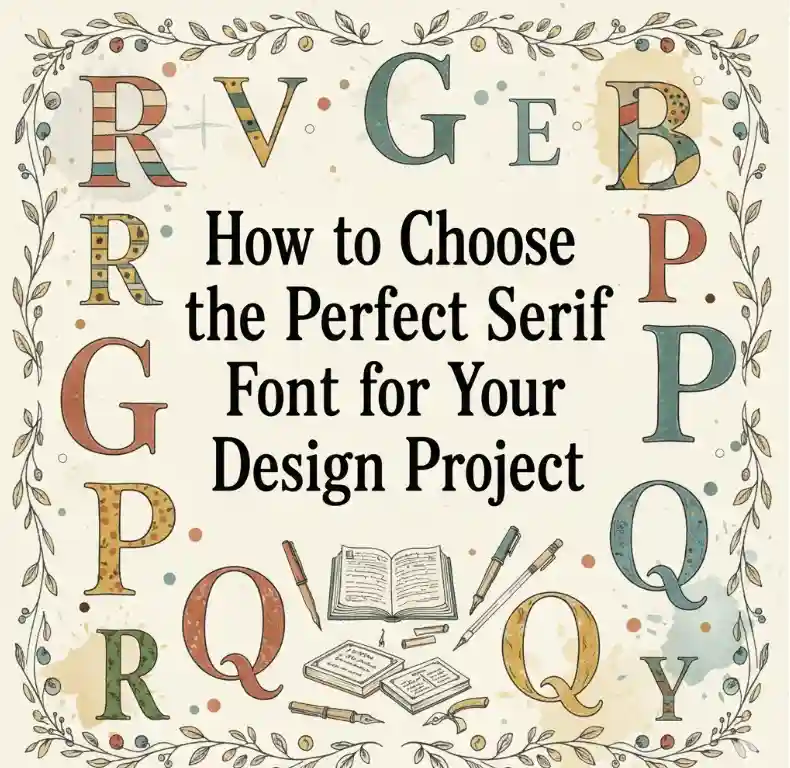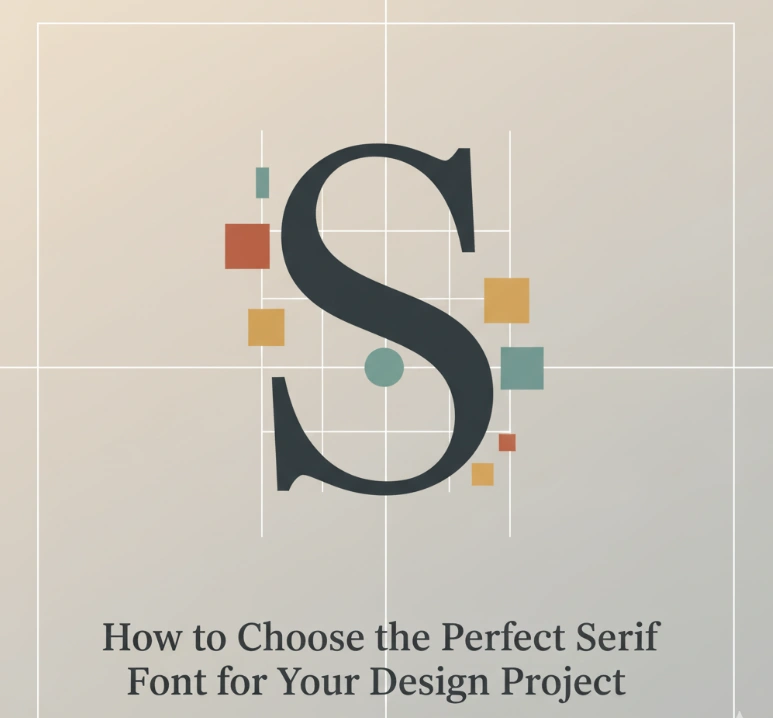Table of Contents
- Introduction
- What Is a Serif Font?
- Why Serif Fonts Matter in Design
- Key Factors to Consider When Choosing Serif Fonts
- Matching Serif Fonts with Your Project Type
- Top Serif Fonts Recommendations from RaisProject
- Common Mistakes to Avoid
- Conclusion

1. Introduction
Choosing the perfect serif font can make or break your design project. Whether you’re crafting a brand identity, creating a poster, or designing editorial content, the right serif font adds sophistication and readability. In this guide, we’ll help you understand how to choose the perfect serif font for your creative work — with examples from RaisProject Studio, a trusted creator of professional handmade fonts.
2. What Is a Serif Font?
Serif fonts are typefaces that have small decorative strokes or “feet” at the end of their letters. They evoke a sense of tradition, elegance, and authority. Popular serif families include Times New Roman, Garamond, and Georgia.
These fonts are ideal for print materials, logos, and luxury branding where timeless appeal matters.
3. Why Serif Fonts Matter in Design
A serif font can instantly elevate your project’s tone. Here’s why:
- Readability – Serifs guide the reader’s eye smoothly across text.
- Professionalism – They convey trust and authority.
- Character – Serif fonts add personality and emotional depth.
If your design aims to build credibility and sophistication, a serif typeface is a must.

4. Key Factors to Consider When Choosing Serif Fonts
To pick the best serif font, consider these essential aspects:
a. Purpose and Tone
Your design’s message dictates the style. A modern tech brand may use sleek serifs like Rodger Arnoud Font, while an editorial project may benefit from classic designs like Legend Hunter Font .
b. Legibility
Ensure your serif font reads well at different sizes. Fonts like Gietrich Display Font maintain sharp details even at small text sizes.
c. Versatility
A good serif should work across headings, subheads, and paragraphs. Look for families with multiple weights and italics.
d. Pairing Potential
Serifs often pair beautifully with sans-serif fonts for contrast. Consider Wac Man Display Font.
5. Matching Serif Fonts with Your Project Type
a. Branding and Logos
For premium or luxury brands, elegant serifs like Dariena Floralie Font exude class and refinement.
b. Editorial and Print
When designing books or magazines, choose fonts that are highly readable yet distinctive. Rodger Arnoud Font gives that traditional editorial charm.
c. Posters and Advertising
Posters need attention-grabbing serifs. Fonts like Break Sucker Display Font provide both power and artistic flair.
d. Web and Digital Designs
Serif fonts can work well on modern websites, especially for headlines. Choose fonts optimized for screen clarity.
6. Top Serif Fonts Recommendations from RaisProject
Here are some standout serif fonts you can explore:
- Rodger Arnoud Font – Elegant and classic; perfect for editorial and branding.
- Legend Hunter Font – Bold yet refined, ideal for luxury packaging.
- Gietrich Display Font – Great for modern headlines.
- Dariena Floralie Font – A delicate, floral serif for artistic projects.
- Break Sucker Display Font – For impactful poster design.
Each of these fonts was handcrafted by RaisProject Studio with attention to detail and usability.

7. Common Mistakes to Avoid
- Overusing too many serif styles – Stick to one or two complementary fonts.
- Ignoring readability – Some decorative serifs look good but are hard to read in small text.
- Not checking licensing – Always ensure you have the right license for commercial use.
8. Conclusion
Choosing the perfect serif font is a blend of art and strategy. By understanding your project’s tone, readability needs, and design goals, you can find the font that elevates your work from ordinary to exceptional.
Explore RaisProject.com for a curated selection of exclusive serif fonts designed with passion and precision — fonts that don’t just complement your projects, but define them.
